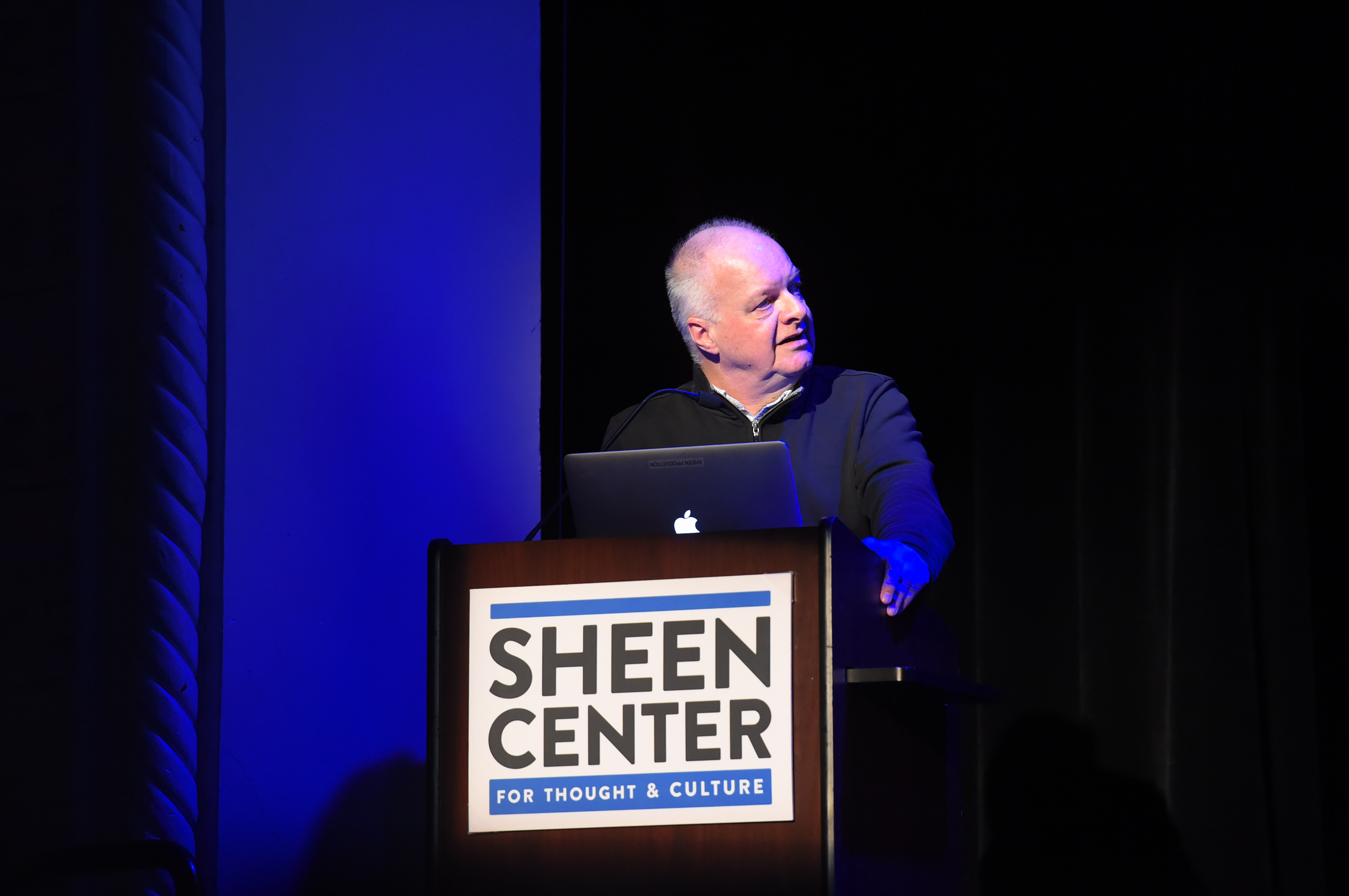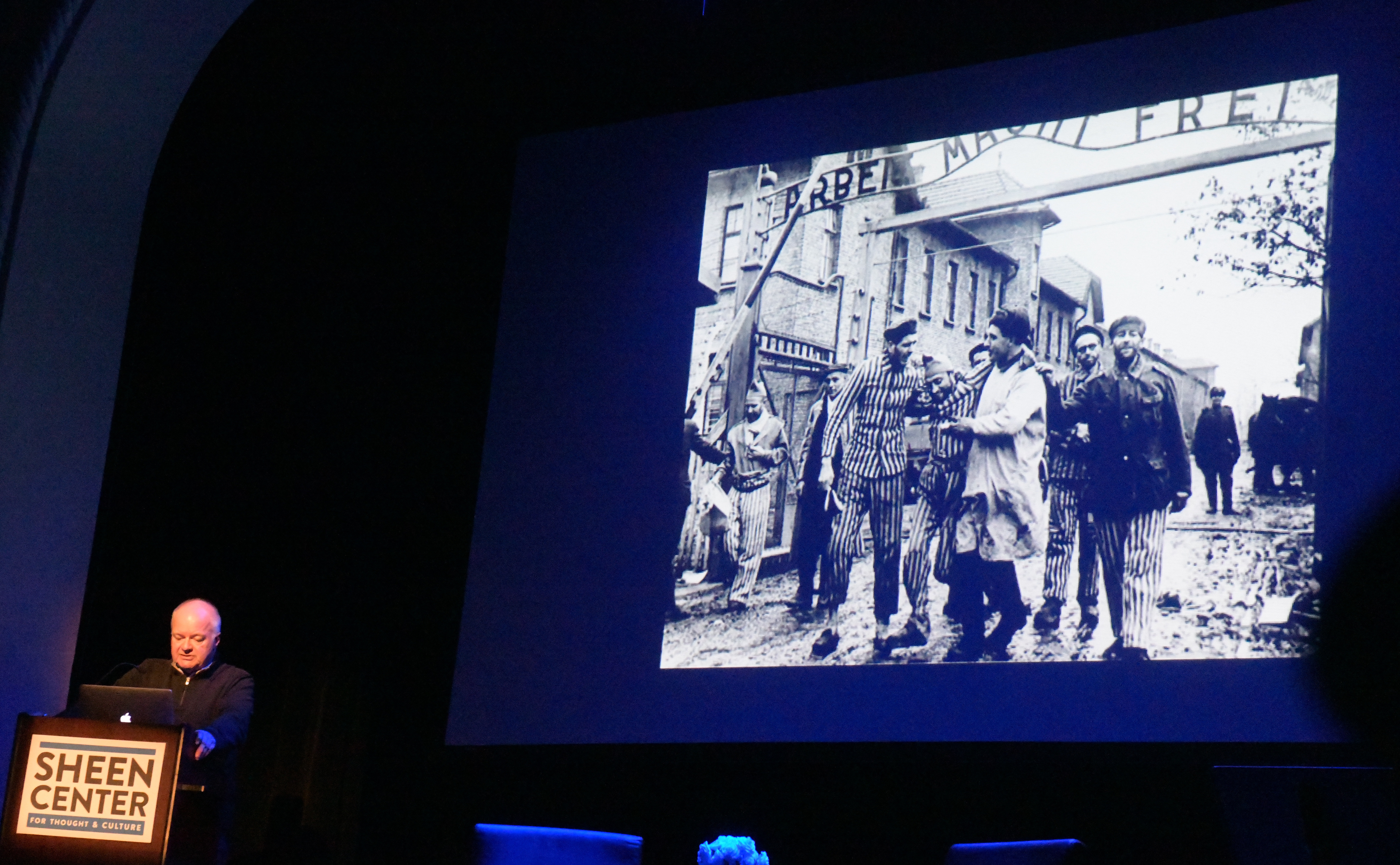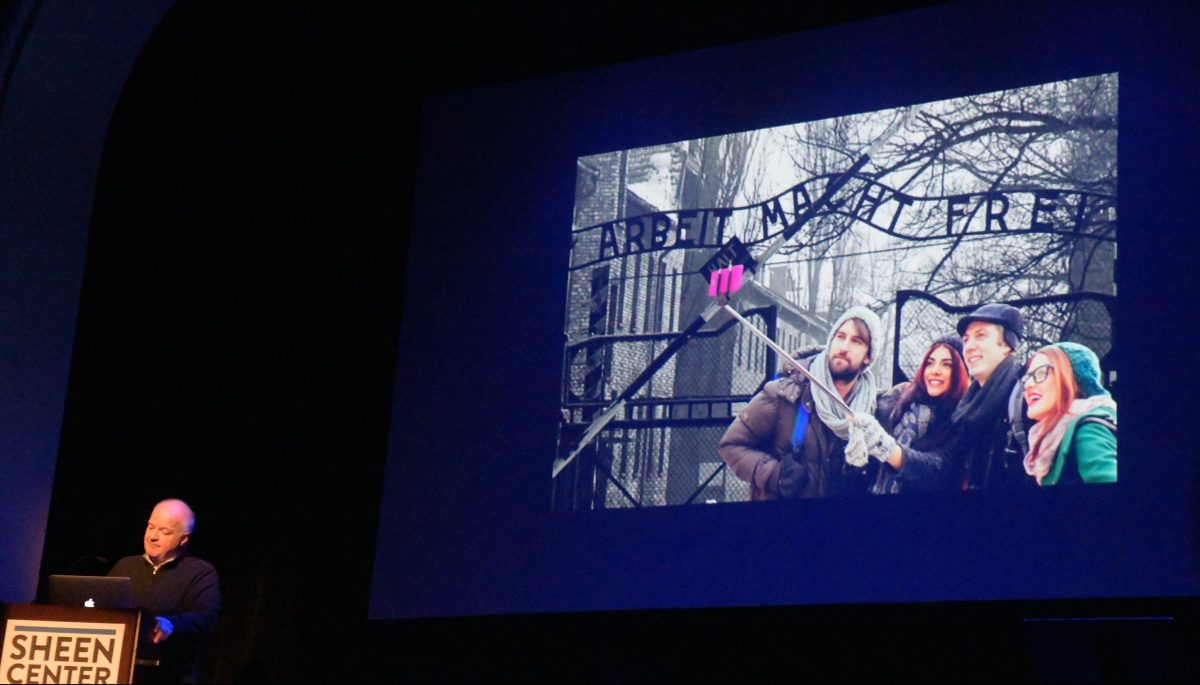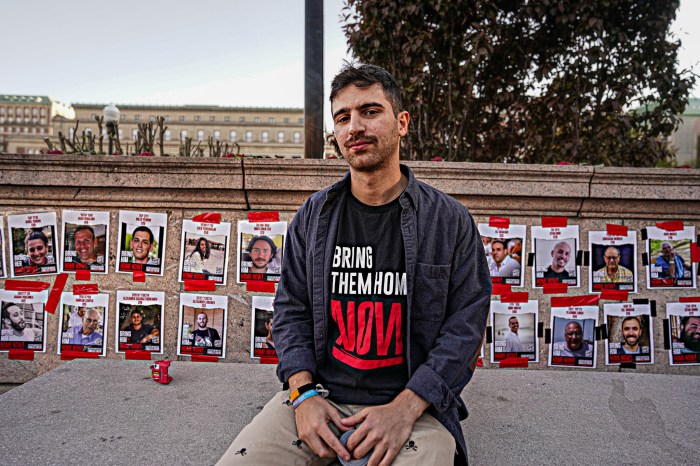On the anniversary of the Auschwitz liberation in 1945, the Sheen Center for Thought and Culture in Manhattan brought in noted Holocaust historian Dr. Robert Jan Van Pelt to discuss the history of the camp.
Dr. Robert Jan Van Pelt is one of the main authorities on the history of Auschwitz. From 1997-98, he presided over the team that developed the master plan to preserve the Auschwitz camp and participated as an expert witness in the famous case against the British historian and author David Irving (London, 1998-2001), a Holocaust denier. Dr. Van Pelt, born in Haarlem (Netherlands), has published widely on the camp, including the award-winning Auschwitz, 1270 to the Present (1996) and The Case for Auschwitz (2002). Throughout his career, he has served as a historical advisor on films such as Auschwitz: The Nazis and ‘The Final Solution’ (2005) by Laurence Rees, and co-curated The Evidence Room, exhibited at the Venice Biennale in 2016.
Van Pelt expressed concern at the Bleecker Street theater about visitors who visit Auschwitz taking selfies and tourist who are not serious about the subject. He said crowds were so heavy at the notorious death camp that the mood and solemness of Auschwitz was being bastardized.
In addition, he worried that because many of those who experienced the Holocaust personally will die off and he asked, “who will tell the story.”
“But then there are some people that come there and really understand what they are seeing, the suffering, the real feeling that they should have that this is a solemn place,” Van Pelt said.
Van Pelt said that even after the camp was liberated, an underlying racism pervaded the site, including when the Pope held a mass at nearby Buchenwald death camp, “the Pope only mentioned two people, both Catholic and didn’t mention the Jews, who made up 90 percent of the people killed at Auschwitz.”
At the same time, he spoke of great compassion from Catholics for their fellow Jewish internees, one Franciscan priest administered last rights in the camp and was eventually gassed by the Nazi’s when he asked to take another inmates place in line.
“In 1942, it became a place to go to be murdered,” Van Pelt said as he showed slides of laughing Nazi’s celebrating their murderous accomplishments. He was careful to note that other races considered to be “subhuman” were exterminated in the camp, including more than 150,000 captured Russians from the Eastern Front. He said almost none of those people survived.
Van Pelt gave a chronological history of Auschwitz, outlining the beginnings of the camp as a place of interment, later into the war to become the most murderous of all with a capacity to cremate from 250 per day in the 1938 to 4,500 bodies per day towards the end of the war. The death camps became more brutal as the war wore on with some people led into gas chambers as soon as they arrived on massive trains – mostly those who couldn’t work in the private rubber plant UG Farbenindustrie – forcing mostly Jews to work to feed the Nazi war machine.

Van Pelt was joined by Rabbi Joseph Potasnik the Executive Vice President of The New York Board of Rabbis, the largest interdenominational rabbinic body in the world.
Van Pelt said he is concerned that anti-Semitism was returning to the United States and he said there were early signs of disaster for the Jews in the 20’s and 30’s that led to the Holocaust.
“Anti-Semitic attacks are on the rise around the country, leaving members of the Jewish community feeling frightened and unsafe. In New York City, anti-Semitic crimes have jumped 21 percent in the past year. According to the Anti-Defamation League, there were 1,879 incidents of anti-Semitism in the United States in 2018, including more than 1,000 instances of harassment,” he said (as quoted in the Washington Post).



















